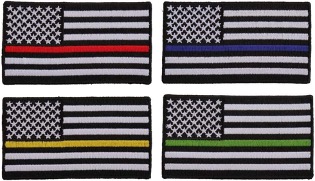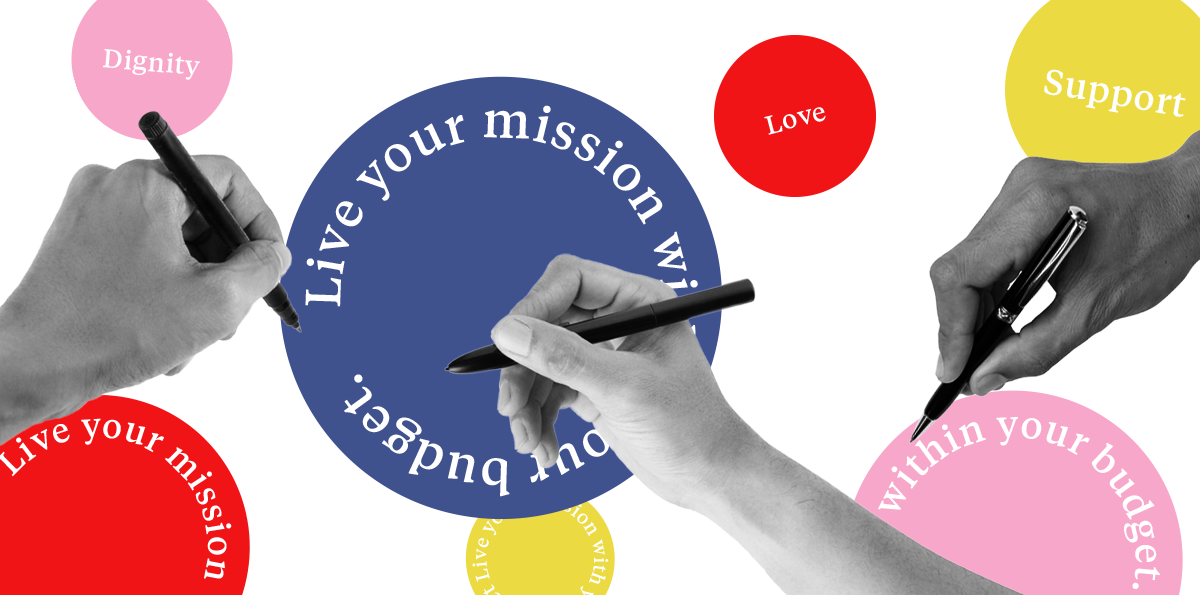Does the American flag have an identity guidelines problem?
The flag’s “identity guidelines” are found in Chapter One of the U.S. Code:
“The flag of the United States shall have thirteen horizontal stripes, alternate red and white, and a union consisting of white stars on a field of blue.”
The American flag is having an identity guidelines crisis as cause-connected flags become emblems of a divided nation.
For centuries, the American flag has maintained a consistent and trusted image. That’s because, like most lasting establishments, this country follows a visual identity that was created even before the Constitution was written.
The flag’s “identity guidelines” are found in Chapter One of the U.S. Code: “The flag of the United States shall have thirteen horizontal stripes, alternate red and white, and a union consisting of white stars on a field of blue.”
Red, white, and blue identify the American people as a patriotic country. Its imagery is frequently used in songs, ice-cream flavors, and on our boxer shorts. In recent years, however, Americans have started to deviate from the flag’s guidelines and dilute its image with independently created versions.

TWIST has built dozens of identity guidelines, from typeface to logo. Identity guidelines are the rules that govern a design’s “visual language,” as TWIST Design Manager Rachel Teuscher says.
“It’s how to manage the visuals of brand,” says TWIST Designer Thiago Wimberly. “Not only color, but typography, photography, illustration and other graphic elements.”
According to Chief Creative Officer Connie Ozan, guidelines are important because they put everyone “on the same playing field.” She says any designer should be able to follow this guidebook and create an appropriate design.
The success of an identity relies on visual consistency to create a brand that’s recognizable without its name. Take for example, McDonald’s. When you see golden arches in the distance, you know there is a heavenly Quarter Pounder with Cheese a few turns away. It’s ingrained in our brains. Why? Because the McDonald’s visual identity has remained constant.
“If you want your company to do well, people need to know about it. For them to know about it, you need to be consistent,” Rachel says.
Imagine if the arches were green. You might be able to look beyond the color and still crave that six-piece chicken nuggets. More likely, however, you’d find yourself confused, thinking McDonald’s was starting a new chain of stores offering plant-based burgers.
Much like the iconic golden arches, the American flag is recognizable from miles away. When it is altered outside of its guidelines, it’s no longer clear what that flag represents. The flag that once inspired many now elicits very different emotions because of what Rachel calls “sub-brands.”

“It’s supposed to symbolize freedom,” she hesitates, “but I don’t think it represents that to everyone.”
Being from South America, Thiago was unaware of some of the current flag sub-brands we see more commonly. We shared with him images of American flags that support law enforcement, the military, and Black culture — examples of loss in the flag’s identity.
In Brazil, where Thiago is from, the country’s flag is rarely altered. He says that despite changes in the political or cultural landscape, the green, blue, and yellow have remained consistent in its usage — identifying one unified nation.
Connie says variations of the flag are breaking its symbolism and exposing an American divide.
“Without [guidelines] you have a lot of different hands dabbling in it,” says Connie. “It weakens the brand.”
Even in its official “rebrands,” such as the addition of stars for new states, the flag stayed true to its identity guidelines. These changes were meant to be inclusive — to reach the masses and increase consumer reach, so to speak.
Unofficial changes made outside of the guidelines are more exclusive, speaking to only certain psychographics and limiting the amount of people who connect with the brand.
Connie sees the lack of identity rules as an opportunity to put some identity standards into the flag. She says it’s more important now than ever before to reinforce what the flag means to our country.
A trusted brand is one with a consistent message, and just like any brand, our country thrives when unity is a part its identity. It seems obvious, but the American flag should represent all people in the United States. Establishing stricter identity guidelines could help to alleviate the current divide, increasing the people who proudly wave it, wear it, and support it.





